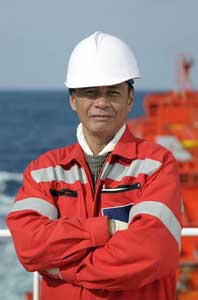
Blue Ocean Marine & Offshore Solutions (BOMOS) has announced their new strategy to focus much stronger on cost reductions as shipping and offshore companies continue their fight for survival in the challenging market conditions.
“Current financial realities are calling for some tough decisions and there is an increasing demand to improve operating margins. There is no single solution to radically change the cost structure of shipping and offshore companies. Instead, these companies will reach their goals with a combination of several actions. And labor costs is one of them,” says CEO Cristina Garcia and Paal Utvik, one of the investors behind BOMOS.
Established January 2014, BOMOS obtained its license to operate as a crew provider the same year in November and its staff is well qualified within a wide scope of shipping activities, ranging from offshore rigs and support vessels , chemical and product tankers, to VLCC´s, gas, container and bulk carriers.
Lower seafarer prices: the option is out there
Labor is a major cost for a shipping company’s P&L. BOMOS says that many shipowners are reducing their own permanent crew and opting for more cost effective qualified crewing vendors to supply trained temporary crew during this very tight period. The increased competition between the independent crewing suppliers benefits the owners in the end.
“The current global economic situation is having a clear and significant impact on global shipping operations. Some manning agreements no longer fit. Shipowners need budgets that work for them and are ready to look for cheaper options. That option, negotiating lower seafarer prices, is out there,” says Utvik.
Lowering cost by analyzing every step of the supply chain
Throughout the process of reducing costs and downsizing, shipowners need to ensure that their crews remain safe and productive, which means focusing on people and maintaining the same level of skills and quality.
“There are solutions out there. Shipowners can cut costs and improve quality and operations by using a crew provider that has much stronger cost culture from the ground up. In doing so, they shift the administrative burden and free key personnel to focus on core operations,” maintains Garcia.
BOMOS combines over 80 years of in-house seafaring consultancy experience and supplies first class manning services, and, according to Garcia, BOMOS is all about crewing.
“We provide our clients access to well-trained, ocean-going personnel. We understand this industry, from recruitment, training, deployment, and repatriation, to accounts payable, payroll, port agency services and coordination with seafarers’ unions,” she says.
Ready to talk
“The benefit of being the new kid on the block is that we can think new and innovative from the very beginning. We are ready to assist the industry with the right personnel and become a valued sparring partner to help them achieve their budgetary and operational goals. We are ready to talk, do busines and help shipping companies weather the storm, emerge successfully and continue to operate in the years to come,” said Utvik.


 A sustained supply glut has maintained Brent oil prices through the first five months of 2015 at some 47% lower than the same period in 2014. Industry observers expect low oil prices to eventually take supply out of the market and drive a price correction.
A sustained supply glut has maintained Brent oil prices through the first five months of 2015 at some 47% lower than the same period in 2014. Industry observers expect low oil prices to eventually take supply out of the market and drive a price correction.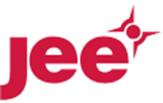 Businesses are operating in tough economic times, with budgets being significantly cut during the current industry downturn.
Businesses are operating in tough economic times, with budgets being significantly cut during the current industry downturn.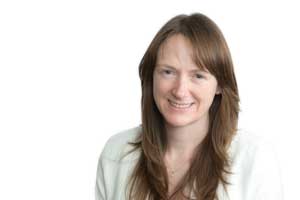 Ms. Matthew continued: “We understand and sympathize that in tough market conditions training budgets are under strain, so to help alleviate this pressure, the team at Jee is consistently searching for flexible approaches to ensure investment in training and staff development continues to be a viable priority for our customers.
Ms. Matthew continued: “We understand and sympathize that in tough market conditions training budgets are under strain, so to help alleviate this pressure, the team at Jee is consistently searching for flexible approaches to ensure investment in training and staff development continues to be a viable priority for our customers.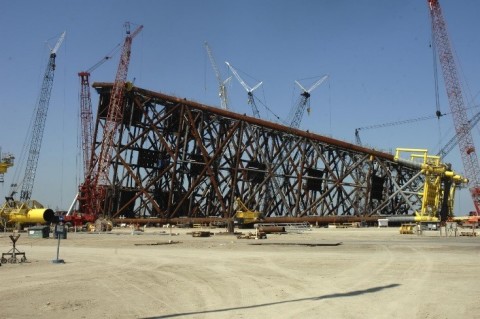 McDermott completed the Ayatsil-B eight-leg jacket and deck from its Altamira fabrication yard in 2014. (Photo: Business Wire)
McDermott completed the Ayatsil-B eight-leg jacket and deck from its Altamira fabrication yard in 2014. (Photo: Business Wire)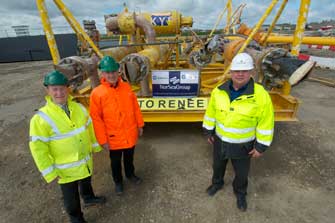 From left - Guy Cook and Hywel Evans of Endeavour Energy with Mike Munro, Operations Director, NorSea Group (UK) at Smith Quay, Peterhead
From left - Guy Cook and Hywel Evans of Endeavour Energy with Mike Munro, Operations Director, NorSea Group (UK) at Smith Quay, Peterhead 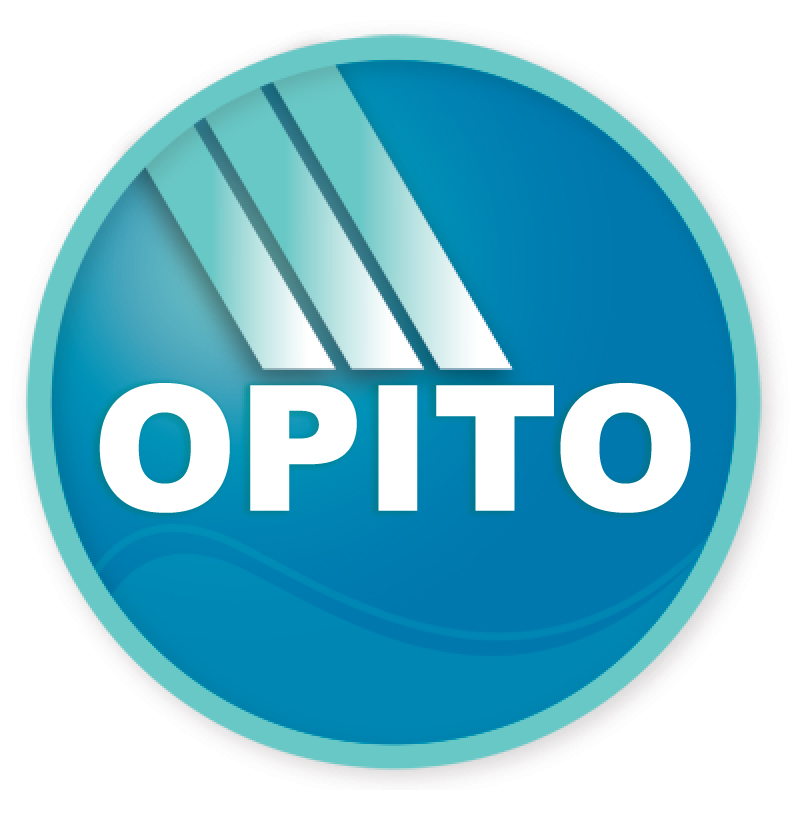 International oil and gas skills organization,
International oil and gas skills organization, 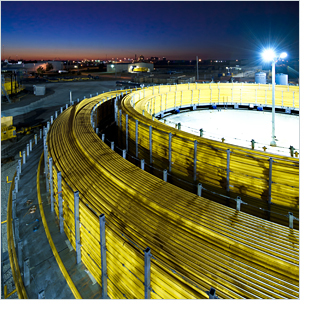
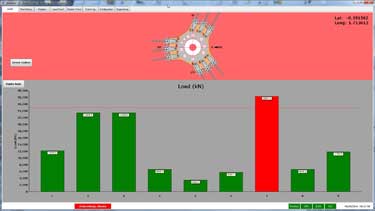
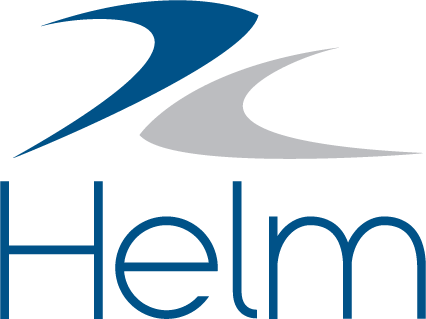 Some 50% of crews working on offshore support vessels are willing to compromise safety rather than say ‘no’ to clients or senior management, while nearly 80% believe commercial pressures could influence the safety of their working practices.
Some 50% of crews working on offshore support vessels are willing to compromise safety rather than say ‘no’ to clients or senior management, while nearly 80% believe commercial pressures could influence the safety of their working practices.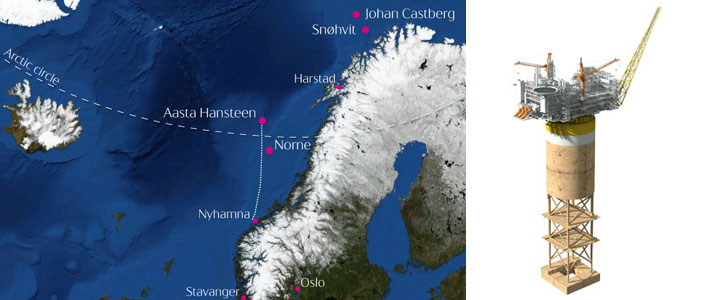
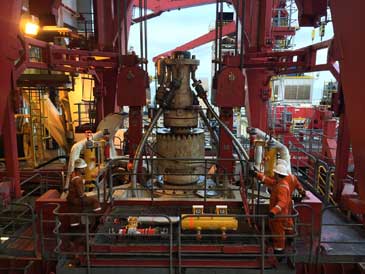 DeepData pods being readied for deployment with a lower marine riser package
DeepData pods being readied for deployment with a lower marine riser package  Asset Guardian Solutions has already installed Asset Guardian software on McDermott's pipelay vessel North Ocean 105. The software helps to protect and manage the process control systems that McDermott uses to operate the vessel.
Asset Guardian Solutions has already installed Asset Guardian software on McDermott's pipelay vessel North Ocean 105. The software helps to protect and manage the process control systems that McDermott uses to operate the vessel. 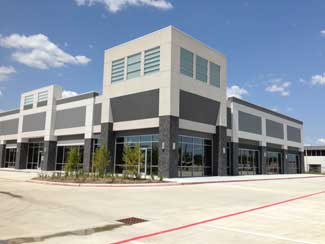
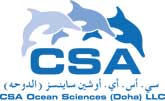 CSA and EEH have teamed to expand their capabilities in Qatar.
CSA and EEH have teamed to expand their capabilities in Qatar.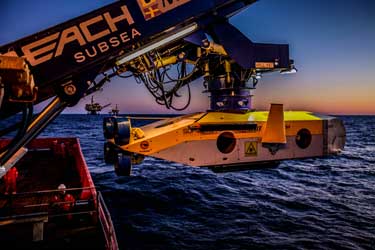 MMT’s record-breaking Surveyor Interceptor ROV is equipped with Sonardyne’s SPRINT INS system to improve the accuracy of high speed pipeline inspections and surveys.
MMT’s record-breaking Surveyor Interceptor ROV is equipped with Sonardyne’s SPRINT INS system to improve the accuracy of high speed pipeline inspections and surveys.